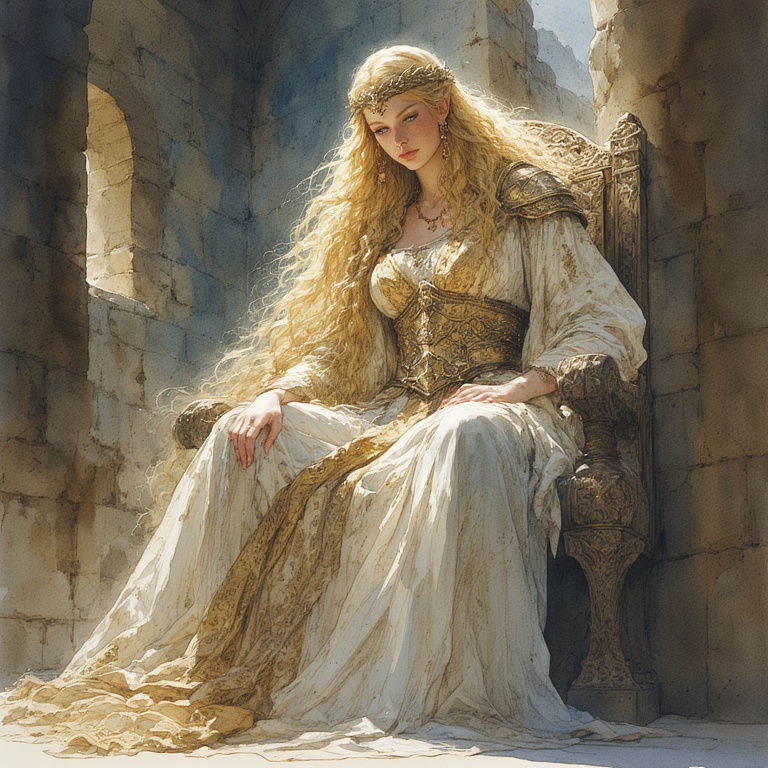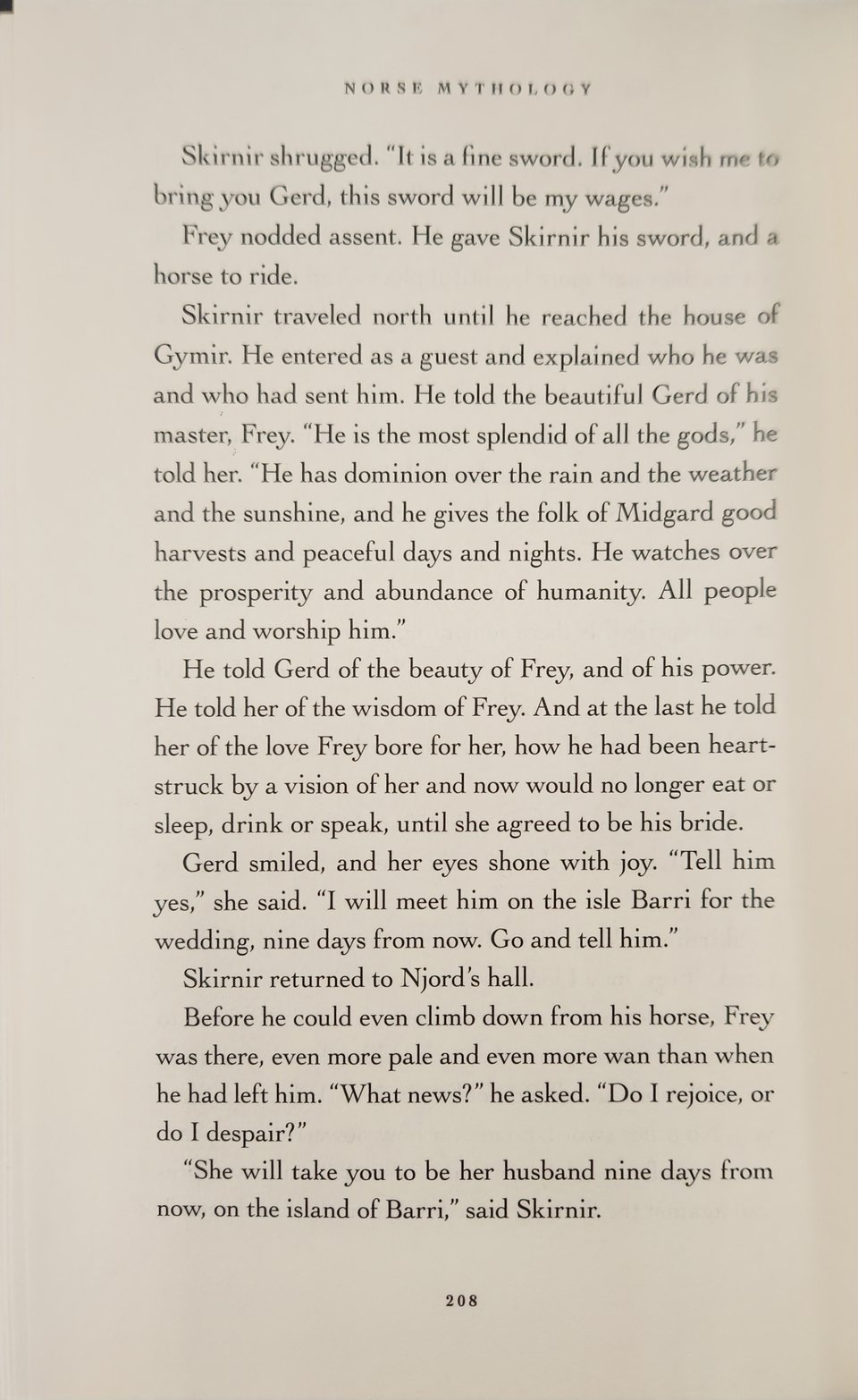The Dark Side of Love for Giantesses

I love a transition season, when winter melts and spring emerges, and when the simmer of summer finally relents and gives way to autumn (or “backend” in parts of England. How do you like that? Would you like to live in a region regularly visited and covered by backend each year?). It’s a changeup, where you’re driven to shift large gears, let go of the way things have been running and brace yourself for the new season, new mentality, new wardrobe, and not least new opportunities.
That’s what I like, the potential, the opportunities, the suggestion that something new could happen. I don’t know why, and maybe saying this will jinx it, but I feel like something large and good is about to happen.
Giantess News
This isn’t a buyer’s market for real estate, and it hasn’t been for a long time. My wife and I, we’ve been renters for as long as we’ve been together, and I’d rented slummy little places for the decade between getting out of college and meeting her.
But imagine you’re trying to promote a property, a brownstone in Brooklyn, already disadvantaged by this market, and the property happens to have a lurid story behind it. Worse, it’s famous for a murder that was committed there. And the bizarre twist is that the murderer was a giantess who ended up in the electric chair.
Of course, if you’re reading this, we know an entire community for whom this is a selling point.

Eight years ago, a user on the Brownstoner website shared that they’d purchased a house, learned of its sordid history, and asked the community for advice on how to mitigate damage to its resale value. Read about the whole story here: learn how this hot-tempered 6’7” woman became the first woman to be electrocuted in New York’s ten-year history with the chair.
Scandinavian Giantess: Gerðr

The story of Gerðr is a point of contention, among students of Scandinavian myth and pagan worshippers of the Old Norse gods. When you decide you want to return to the old ways and worship the gods and goddesses, you’re stuck in an unsavory position: those deities were not the pinnacle of any moral qualities or human ambition. Like the Greek pantheon, they were flawed, selfish, and manipulative. They were erratic, because these stories were collected from far-flung tribes all across Scandinavia, without any standard canon. The gods were simply powerful characters people used maybe to explain natural phenomena but often just to entertain themselves in the cold, harsh northern nights, kinda like fanfic but without an original source. Storytellers just wanted to impress their audience.
So there are people who try to soften the edges of Gerðr’s story, as they try to make their gods more palatable. Modern-day worshippers glance aside and rationalize that these stories come from a different time, with different values, kinda like how Christian fundamentalists try to paste over the inconsistencies in the Book of Genesis alone. Most shameful—shameful!—of all is Neil Gaiman’s retelling of Gerðr’s story, knowing what we know about him. He rewrote it from attempted rape to a heartwarming romance, and who is surprised by this?
I do not worship the Old Norse gods. I worship the giantesses who came before. You, listen to me: I am gýgjavinr, friend to giantesses, and this is Gerðr’s story in Skírnismál.
Freyr (“lord”) was fucking around and placed himself on Óðínn’s throne, the Hliðskjálf, a construct that enabled anyone who sat in it to view anything that existed within the nine worlds of creation.
Now, understand: a vǫlva was an itinerant seer, a prophetess, who traveled the countryside rendering her services to those who required them. If you were the chieftain of your village and you needed to see into the future, you would petition the vǫlva with an evening of gifts, feasting, and entertainment. You would construct a high ramp or mound from which she would enter the spirit realm and cast her prophecies. Some researchers believe this structure was the inspiration for the Hliðskjálf, a throne for the practice of seiðr, or prophecy. And some believe this throne was originally Frigg’s, appropriated by the all-powerful male figure. Again, seiðr was women’s work: women naturally worked magic, and men had to undergo grievous mutilation to begin to attain any practice of it … except for Óðínn, of course, the big powerful manly-man who attains all the powers and gets to do everything.
So Óðínn has the Hliðskjálf, and no one’s supposed to use it except him, but Freyr does. He sneaks in and sits in the throne and looks around the nine worlds of Yggdrasil, when he happens upon Gerðr in her castle. She is the daughter of the giant Gymir and the giantess Aurboða, in a castle in Jötunheimr, the realm of giants. And considering the Eddas are a series of stories in which physical appearances don’t come up a lot, it’s emphasized that Gerðr was unquestionably a giantess (whereas many giantesses get conflated with either goddesses or trolls) and repeatedly described as profoundly beautiful. It was said that the “whiteness of her arms” illuminated both air and sea (whatever that means—it was a different time).
As if a castle in the frigid realm of giants wasn’t forbidding enough, Gymir’s fortress was enclosed and protected by a strong wooden fence, a fierce watchman, ferocious dogs, and a raging wall of fire. This wasn’t a public-access domain: you couldn’t just wander up to it and find yourself inside. It’s significant that so many barriers were constructed to protect those within and keep other people out! This is a recurrent theme in Gerðr’s story, that of people going where they’re not supposed to go and doing things they’re not supposed to do, in order to get to her who should not be taken. This beautiful giantess’s story is one of repeated violation and transgression: Gerðr’s name means “enclosure.”
Welp, Freyr has seen Gerðr and he lapses into sulky teenager mode: he can’t eat, he can’t sleep, all he can do is mourn that nobody understands him. He hides out in his room, sick with longing and desire for the most beautiful woman he’s ever seen. You ask me, that’s suitable comeuppance for violating the Hliðskjálf, but the story doesn’t end here. His parents, (by some accounts) the Vanir god of the sea Njörðr and Skaði, giantess of skiing and hunting, try to get him to talk about what’s wrong, but he won’t open up, just mopes and cries and moans. Njörðr and Skaði, like good parents, appeal to his best friend and manservant, Skírnir (“bright one), to find out what’s wrong.
Freyr admits to Skírnir what he’s seen and how’s he’s going to die if he doesn’t slip his junk inside Gerðr. Skírnir agrees to help win her heart, but he’s got some conditions: He needs a horse capable of traversing both darkness and flame, and he requests Freyr’s best sword, a magical blade that can leap from its wielder’s hand and fight on its own. Freyr, suffering blue balls, readily hands it over and (spoiler alert) this leads to his own demise at Ragnarök, not having this powerful weapon at hand.
Men have always let their dicks do the thinking for them, to their eternal peril, and we will never learn from this.
So Skírnir rides out to Jötunheimr and runs into a … herdsman. And the herdsman tries to stop Skírnir from entering Gymir’s castle. Where are the dogs? Where’s the wooden fence? Nope, it’s just some dude tending to livestock who slows him down. But while they’re talking, Gerðr herself notices the commotion out on the perimeter and wants to know what’s going on. This was apparently enough for Skírnir to surpass all the supernatural obstacles and go straight into the castle. Bing, bang, boom.
Skírnir announces he’s there on behalf of Freyr, who has seen her and has fallen deeply in love with her. But Gerðr isn’t interested in him. She wasn’t looking for a relationship, and she can’t respect someone who hasn’t shown up to present himself; plus, she’s concerned that Skírnir might have been the slayer of her brother, Beli.
Freyr’s footman begins offering gifts, but Gerðr is not interested in the apples of immortality, nor is she charmed by the ring Draupnir, which has the ability to replicate itself into eight more identical gold rings every ninth night (nine is a sacred number in Old Norse mythology). In fact, Gerðr clearly states intention “never to love the son of the Vanir.”
The niceties having failed, Skírnir falls back on violence, like a man. He threatens to chop Gerðr’s head off; he threatens to slay her father with his magical sword. Gerðr heeds none of it, saying “no such oppression will make her change her mind.”
(“It was a different time,” insist the worshippers of Old Norse gods, today.)
Skírnir, apparently, is one of the few male figures (like Óðínn) who has the power to cut powerful runes: he turns a wooden switch into a gambanteinn (magic wand) and carves runes into it which will curse her with:
Barrenness and forced marriage: Gerðr will become infertile and frustrated, forced to live with the hrimþursar (rime-giant, plural), a brutal and mindless breed of jötunn.
Sexual torment and abnormality: Gerðr will be subjected to sexual exploitation, in the halls of the þursar, and develop “sexual perversion, frenzy, and intolerable desire.” She will endure an eternity of being raped by freakish giants.
The symbolism of the thistle: Skírnir curses her as the dried-up and useless thistle, a weed in the harvest, employing infertility to compromise her usefulness to society.
… and several other invectives. Skírnir insists that the gods are against her, that she’ll be banished to the far and distant realms, that imps will torment and bite her endlessly, and she’ll have naught to drink but goat urine. He invokes sundry other supernatural beings to condemn her; she’ll be forbidden the “use and enjoyment of men,” all this by the runes he has carved on the wand.
He chants:
ek senda þér
ek síða þér
ylgjar ergi ok úþola
“Never shall you sit, never shall you sleep” until she loves Freyr as much as she loves herself. Skírnir curses Gerðr with a “she-wolf’s evil and hatefulness.”
(“A different time,” assure us the worshippers of the gods, with some hand-waving.)
The beleaguered, beautiful, blameless giantess counters every charge, resists every threat and accusation, right up until her sexual usefulness. When her asset as a reproductive vessel is threatened, then and only then she breaks down and attempts to appease Freyr’s manservant with a frosty cup of mead, an “involuntary gesture of peace.” The “frosty cup of mead” appears a few times throughout the legendary myths (like the Lokasenna), always offered by a woman to appease some violent and angry man.
Gerðr capitulates then and begrudgingly assents to meet Freyr at a grove called Barri in nine days; once again, she remarks that she never imagined her fate would lead her into a relationship with a god. Freyr, rather than being grateful, whines petulantly that nine days is an eternity he cannot possibly endure.

This is the story that Neil Gaiman represented as a warm and loving romance. In Norse Mythology, he describes Skírnir as a welcome guest to Gymir’s castle. He portrays Gerðr as thrilled that someone as glorious as Freyr would condescend to cast his eyes upon her. He omits Skírnir’s illocutionary curses and “I shall tame you to my will.” (Or “I’m a powerful man, and I’m used to getting my way,” as that highly original dreamweaver once said in real life to a real person, in all sincerity.) And as ugly as this all is, at least we may find solace in that it was a tale from a different time, with different values, in no way resembling our present world.
You mind if we skip the short story this time? This was kind of a lot, and it’s hard to get in the mood for a tale of a little dude getting horny for a giant woman with anything else in the world on her mind.
I’m very emotional when it comes to the defense of the giantesses, and Gerðr’s tale is especially unpleasant. I can go on and on about these things, as you can see. Gerðr’s story has all sorts of openings for other facts about Scandinavian culture and history, like how men would solicit the vǫlva’s services, then turn around and decry her as slutty and wicked, even before the Christian scholars got their hands on the narration. The wand that Skírnir used? That was based on the distaff of a spinning wheel, another woman-only device like the broom witches used to fly around. It was the foundation of the magic wand we all know today, and it was so feared by the Church that they literally banned it for a couple centuries. You could not wield as a magical weapon the staff that collected unspun fiber, without persecution or execution.